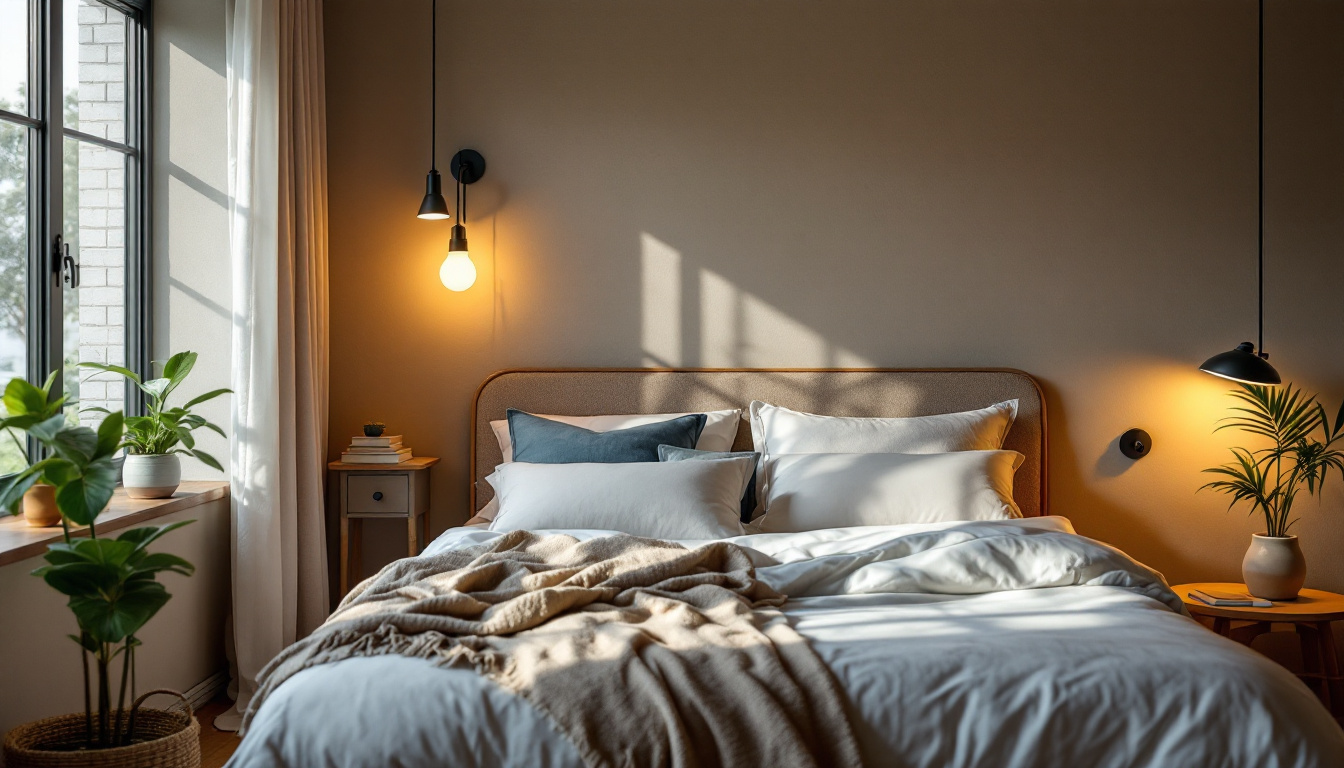
In the realm of interior design, lighting plays a pivotal role in creating ambiance and functionality. For lighting contractors, understanding the nuances of bed lighting is essential to meet client expectations and enhance the overall aesthetic of a space. This article delves into effective strategies, innovative ideas, and practical tips for mastering bed lighting, ensuring that contractors can deliver exceptional results.
Bed lighting serves multiple purposes, from providing adequate illumination for reading to creating a soothing atmosphere conducive to relaxation. It is crucial for lighting contractors to recognize the significance of this element in a bedroom setting. The right bed lighting can transform a mundane space into a sanctuary, allowing individuals to unwind after a long day. Moreover, it plays a pivotal role in promoting healthy sleep patterns; dimmable lights can help signal to the body that it’s time to wind down, while brighter settings can energize the room during the day.
Good bed lighting can enhance the usability of the space, allowing homeowners to engage in various activities comfortably. Furthermore, it contributes to the overall design theme, tying together the room’s decor and enhancing its visual appeal. The choice of light fixtures, such as modern pendant lights or vintage bedside lamps, can reflect personal style and elevate the overall aesthetic. Additionally, the color temperature of the bulbs can influence the mood; warmer tones create a cozy atmosphere, while cooler tones can promote alertness and focus.
When designing bed lighting, it is important to balance functional and aesthetic considerations. Functional lighting is essential for tasks such as reading or getting dressed, while aesthetic lighting enhances the mood and style of the room. This balance is particularly important in smaller spaces where every element must serve a purpose without compromising on style. For instance, a sleek bedside lamp can provide enough light for nighttime reading while also serving as a decorative piece that complements the room’s theme.
Contractors should consider incorporating adjustable fixtures that can switch between bright task lighting and softer ambient lighting. This versatility allows homeowners to tailor the lighting to their specific needs, creating a more personalized experience. Smart lighting options, which can be controlled via smartphone apps, offer even greater flexibility. Homeowners can set schedules for their lights to gradually brighten in the morning or dim in the evening, aligning with their natural circadian rhythms and enhancing their overall well-being.
Layering light involves combining different types of lighting—ambient, task, and accent—to create a well-rounded illumination scheme. In a bedroom, ambient lighting provides general illumination, task lighting focuses on specific areas, and accent lighting highlights architectural features or decor. This multi-layered approach not only ensures that every corner of the room is well-lit but also adds a dynamic quality to the space, making it feel more inviting and comfortable.
For bed lighting, contractors might suggest bedside lamps for reading, wall sconces for ambient light, and LED strips behind the headboard for accent lighting. This approach not only enhances functionality but also adds depth and dimension to the space. Additionally, integrating dimmers into the lighting design allows homeowners to easily adjust the brightness based on their activities or mood. The interplay of light and shadow can create a dramatic effect, emphasizing textures and colors within the room. By thoughtfully layering light, contractors can help homeowners achieve a harmonious balance that enhances both the practicality and beauty of their bedroom environment.
The selection of lighting fixtures is a critical aspect of bed lighting design. The right fixtures can enhance the room’s style while providing the necessary illumination. Contractors should consider various factors when recommending fixtures to clients.
There are several types of fixtures that can be used for bed lighting, each serving different purposes. Table lamps are a popular choice for bedside lighting, offering flexibility and ease of use. Wall-mounted sconces can save space and provide a more streamlined look, while pendant lights can add a touch of elegance and modernity.
In addition to these traditional options, smart lighting solutions are becoming increasingly popular. These fixtures allow homeowners to control their lighting via smartphone apps or voice commands, adding convenience and customization to their lighting experience.
When selecting fixtures, size and scale are paramount. A large, ornate chandelier may overwhelm a small bedroom, while tiny lamps may get lost in a spacious room. Contractors should encourage clients to consider the proportions of their space and choose fixtures that complement the overall design.
Additionally, the height at which fixtures are installed can significantly affect their functionality. For example, bedside lamps should be positioned at a height that allows for easy access while reading in bed, typically around 24 to 28 inches from the floor.
Color temperature plays a vital role in setting the mood of a bedroom. The warmth or coolness of the light can influence how a space feels, making it essential for contractors to understand the implications of different color temperatures.
Color temperature is measured in Kelvin (K) and ranges from warm (below 3000K) to cool (above 5000K). Warm light creates a cozy, inviting atmosphere, ideal for bedrooms, while cooler light can enhance focus and alertness.
For bed lighting, contractors should recommend fixtures with a warm color temperature to promote relaxation. This can be achieved through the use of incandescent bulbs or warm LED options, which mimic the soft glow of traditional lighting.
In addition to color temperature, the quality of light is crucial. The Color Rendering Index (CRI) measures how accurately a light source displays colors compared to natural light. A higher CRI (above 90) is preferable for bedrooms, as it ensures that colors appear vibrant and true.
Contractors should educate clients about the importance of selecting high-CRI bulbs for their bed lighting, as this can significantly enhance the overall aesthetic of the space.
With the rise of smart home technology, lighting contractors must stay abreast of the latest innovations in smart lighting solutions. These systems offer enhanced control and customization, making them an appealing option for modern homeowners.
Smart lighting provides numerous advantages, including remote access, programmable settings, and integration with other smart home devices. Homeowners can adjust their bed lighting from their smartphones, set schedules for when lights turn on or off, and even create scenes that change the ambiance with a single command.
For contractors, recommending smart lighting solutions can enhance their service offerings and appeal to tech-savvy clients looking for convenience and modernity in their homes.
Smart lighting can be seamlessly integrated into existing home automation systems, allowing for a cohesive smart home experience. Contractors should explore options for compatibility with popular systems, such as Google Home, Amazon Alexa, and Apple HomeKit.
This integration not only simplifies the user experience but also adds value to the property, making it a worthwhile investment for homeowners.
Proper installation is crucial for ensuring that bed lighting performs optimally and meets client expectations. Lighting contractors should adhere to best practices to achieve the best results.
Before installing any lighting fixtures, contractors must assess the existing electrical infrastructure. Ensuring that the wiring is adequate to support the new fixtures is essential for safety and functionality.
Additionally, contractors should be familiar with local building codes and regulations regarding electrical installations. This knowledge not only ensures compliance but also protects the contractor and the homeowner from potential hazards.
The positioning of fixtures is critical for achieving the desired lighting effect. For bedside lamps, placing them at an appropriate distance from the bed allows for easy access while providing adequate illumination for reading. Wall sconces should be positioned at a height that complements the overall design while ensuring sufficient light coverage.
Contractors should also consider the layout of the room and the placement of furniture when determining fixture locations. A well-thought-out lighting plan can enhance the functionality and aesthetic appeal of the space.
Once the bed lighting is installed, ongoing maintenance is necessary to ensure its longevity and performance. Lighting contractors should provide clients with guidance on how to care for their fixtures and bulbs.
Regular cleaning of light fixtures is essential for maintaining their appearance and functionality. Dust and grime can accumulate over time, diminishing the quality of light and the overall aesthetic. Contractors should recommend appropriate cleaning methods based on the materials used in the fixtures.
For example, glass fixtures may require gentle cleaning solutions to avoid scratches, while metal fixtures may benefit from polishing to maintain their shine. Providing clients with a maintenance schedule can help ensure that their bed lighting remains in optimal condition.
As technology advances, upgrading bulbs and fixtures can enhance the efficiency and effectiveness of bed lighting. Contractors should inform clients about the benefits of energy-efficient LED bulbs, which not only reduce energy consumption but also have a longer lifespan compared to traditional incandescent bulbs.
Encouraging clients to consider upgrades when replacing burnt-out bulbs can lead to improved lighting quality and overall satisfaction with their bed lighting.
Mastering bed lighting is an essential skill for lighting contractors, as it significantly impacts the functionality and aesthetic of a bedroom. By understanding the importance of layering light, choosing the right fixtures, and staying informed about smart lighting solutions, contractors can provide exceptional service to their clients.
Furthermore, attention to detail during installation and ongoing maintenance will ensure that bed lighting remains a highlight of the bedroom for years to come. With these tips and strategies, lighting contractors can elevate their expertise and deliver outstanding results in bed lighting design.
Ready to take your bed lighting designs to the next level? At LumenWholesale, we provide lighting contractors with an exceptional range of spec-grade lighting products that blend quality with affordability. Say goodbye to local distributor markups and hello to our unbeatable wholesale prices, comprehensive selection, and the convenience of free shipping on bulk orders. Elevate your lighting projects with fixtures that promise reliability and high performance. Don’t compromise on quality or value—choose Wholesale Lighting at the Best Value and make LumenWholesale your go-to source for all your lighting needs.
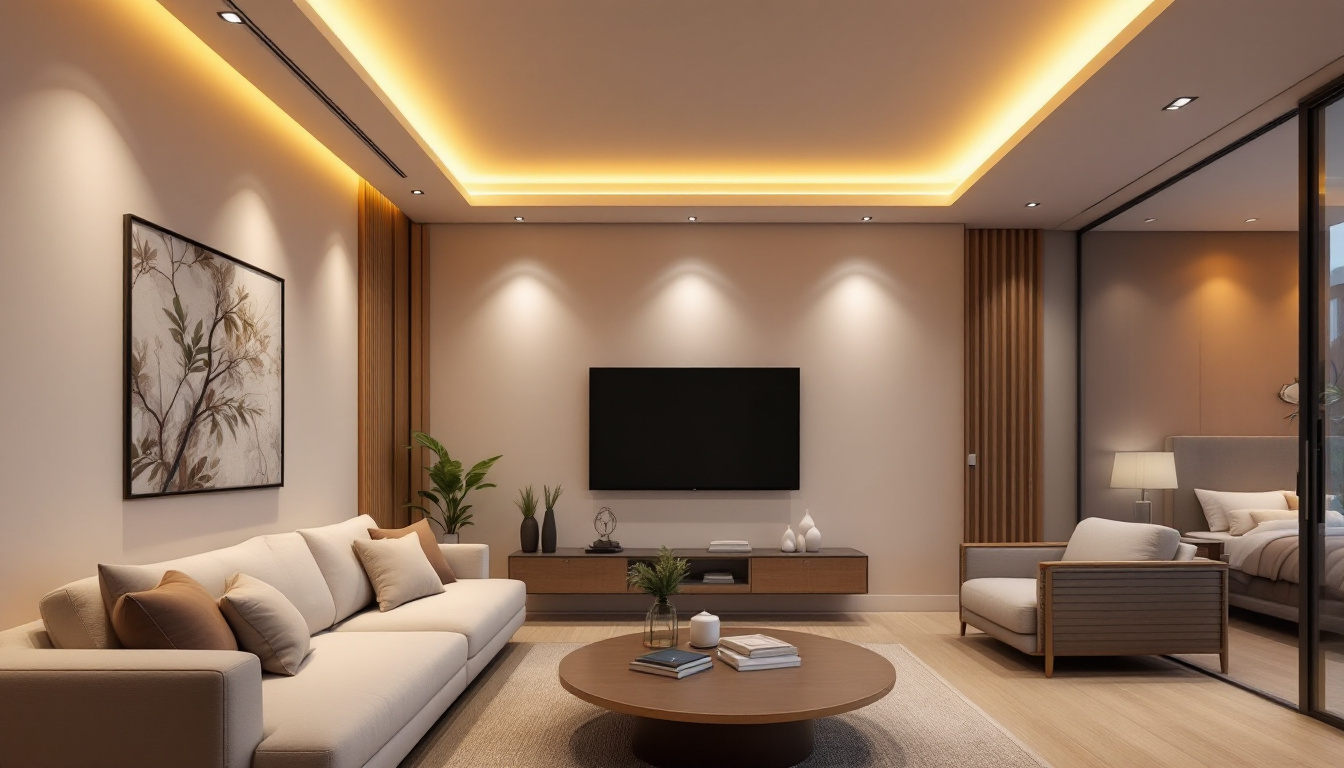
Discover expert insights on contemporary recessed lighting with our comprehensive guide.
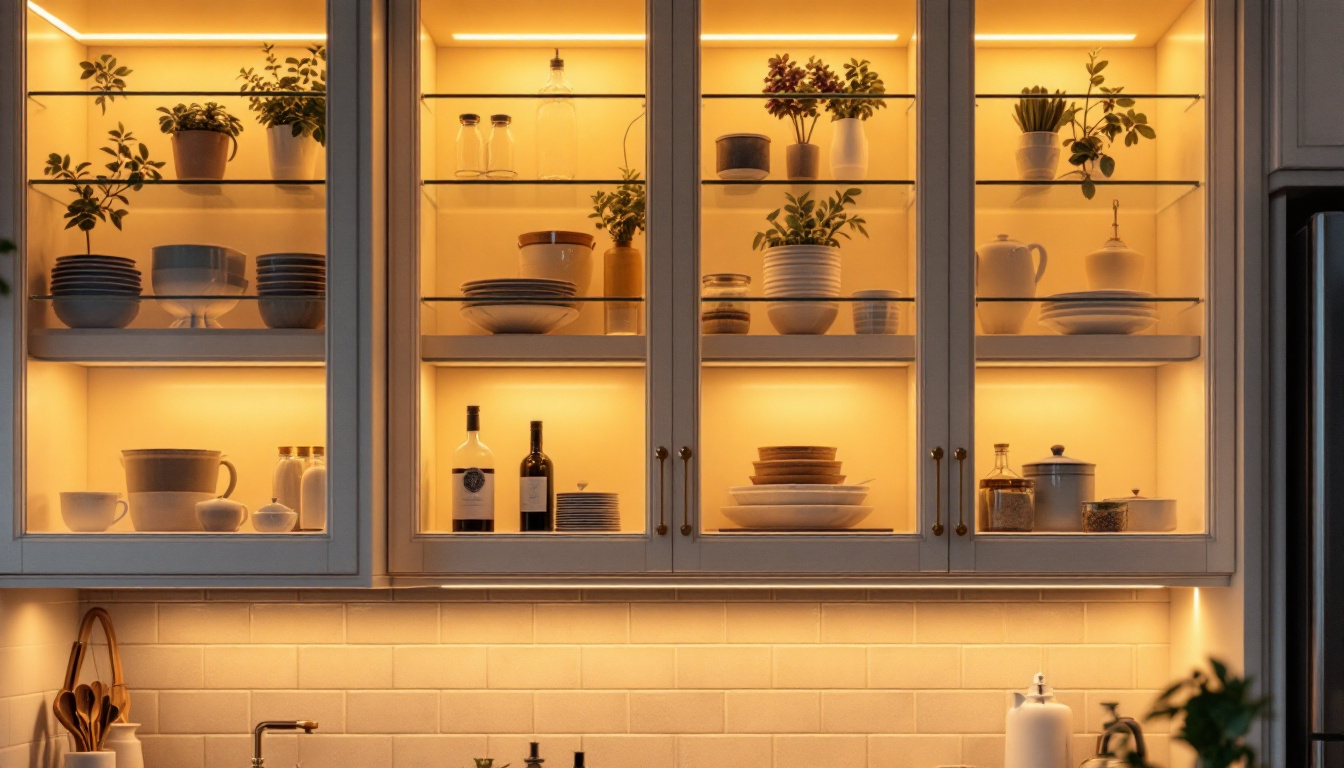
Discover the essential guide to LED cabinet lighting tailored for lighting contractors.
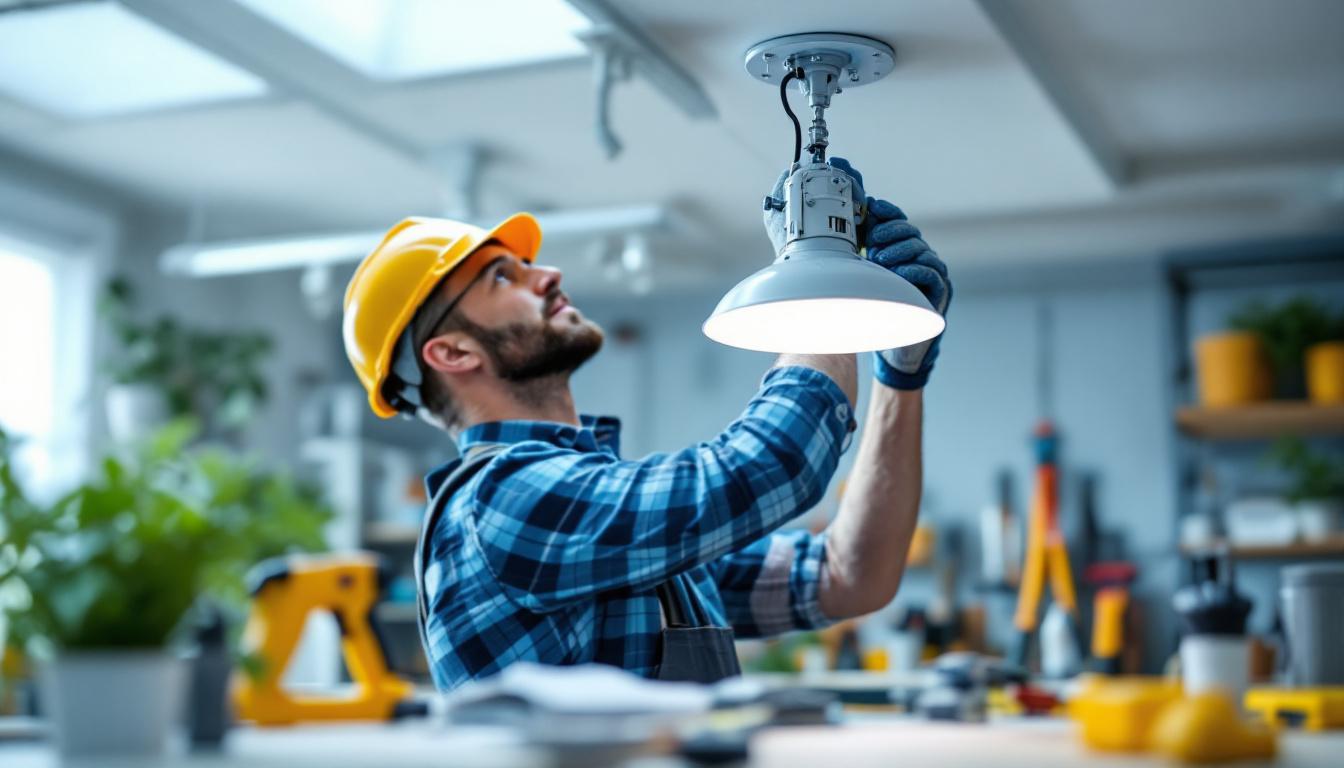
Discover the must-have ceiling mount light bracket tools that every lighting contractor needs for efficient and flawless installations.
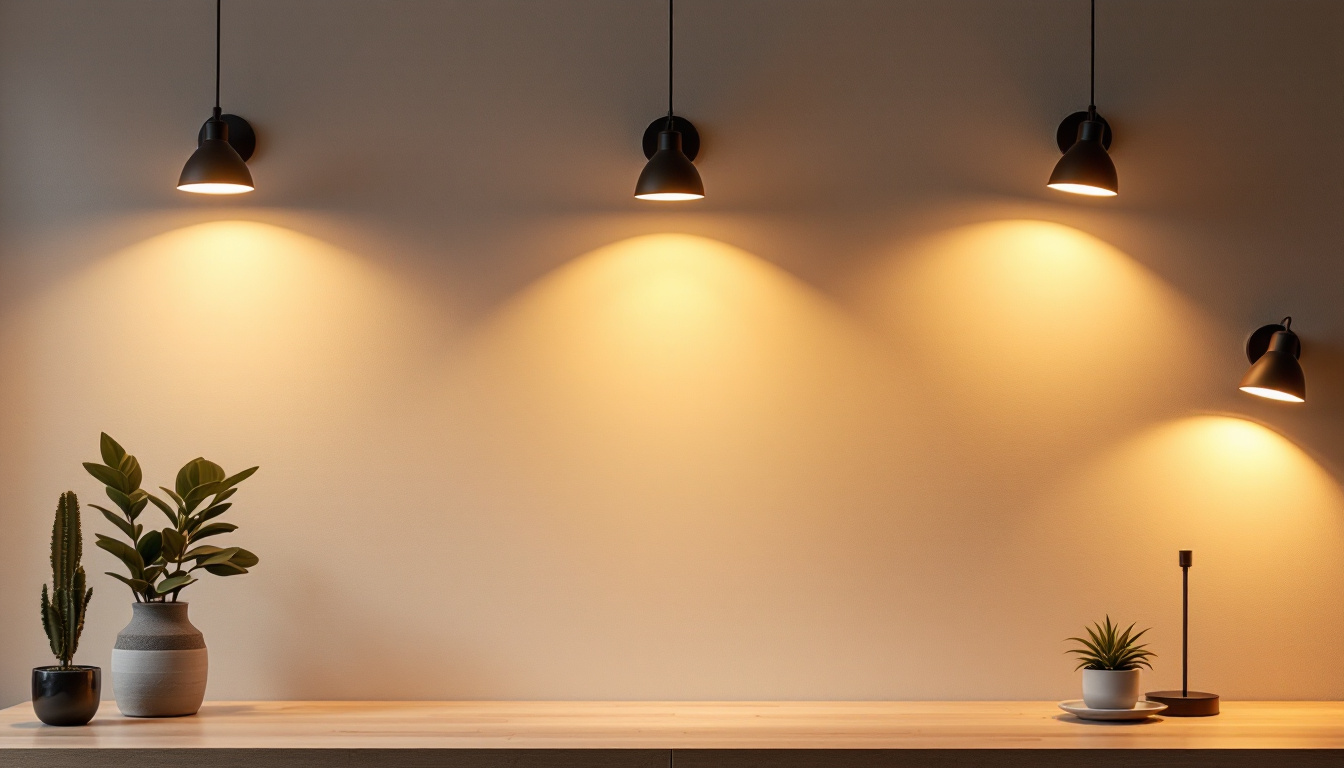
Discover essential insights and top recommendations for selecting the best can lights in your next project.